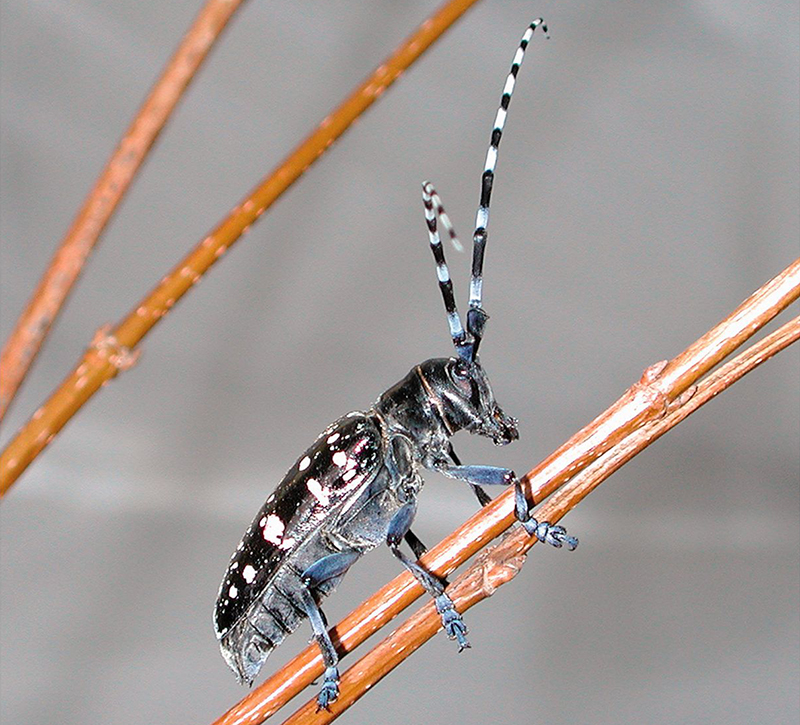
Now that spring is in full swing, we can start enjoying the flowers – haven’t the flowering trees been spectacular? There is a down side, though. The warmer weather is bring the pests back in full force, too.
There are a few pests that are particularly nasty and, if you spot them, the U.S. Dept. of Agriculture wants to know. Yindra Dixon, a master gardener with the U.S.D.A., says there are around 20 key invasive insects all Iowans should know on sight, bugs that could do serious damage to everything we’re planting.
Dixon says “With these insects, don’t wait to call. If you spot one, we want to hear about it.” Homeowners can find an easy way to identify the culprits and report them at a website setup exclusively for that purpose: HungryPests.com. The site identifies the pests by state and shows you what each looks like at various stages of development. Some of these pests are dangerous to agricultural crops and, therefore, the Iowa economy. Others can present health risks.
One of Iowa’s worst threats is, of course the emerald ash borer. It kills ash trees, the most common deciduous tree in the state. EAB has been confirmed in at least 30 counties and is likely present in more as it migrates from east to west. It is worth noting that effective treatments are available to stop or slow the spreading and, depending upon the size of your tree and severity of the infestation, a call to ULTRALawn or other specially certified applicators can save your tree.
Another pest that ranks high on the U.S.D.A. “hit” list is the Asian longhorned beetle. Dixon reports that, “It affects hardwoods and maple trees. It has a perfectly round, three-quarter inch exit hole and sometimes can be mistaken for someone shooting at a tree. The most important thing is, if you see these holes, you contact someone right away.”
While butterflies like monarchs are valued creatures for the pollination process, several breeds of moths are considered serious pests, including the Asian and European gypsy moths. “The way that we can stop the spread the best with the gypsy moth is by looking for gypsy moth egg masses,” Dixon says. “The egg masses tend to stick to walls, fences, outdoor furniture, grills, campers. We can scrape off those egg masses and drop them into soapy water in order to kill the eggs.”
An agency report finds invasive species of insects can spread quickly and cost the nation 120-billion dollars a year. Learn all about the most invasive pests and the U.S.D.A. website www.hungrypests.com.


No comment yet, add your voice below!